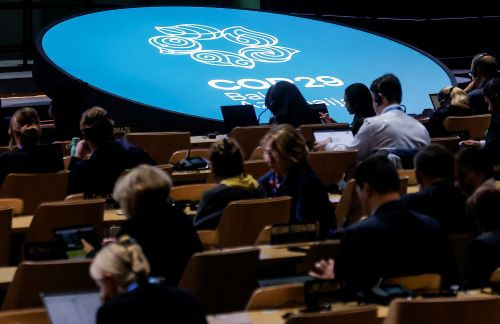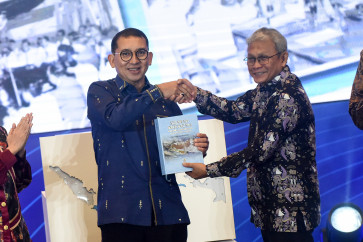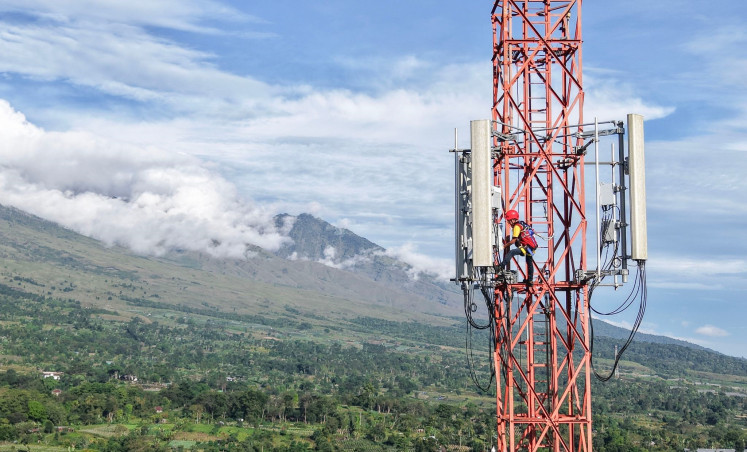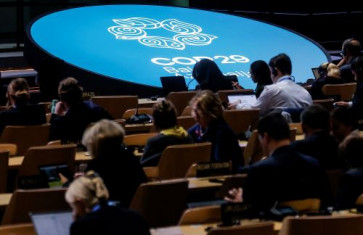Popular Reads
Top Results
Can't find what you're looking for?
View all search resultsPopular Reads
Top Results
Can't find what you're looking for?
View all search resultsCOP29 $300b funding pledge remains elusive for Indonesia
Analysts say the agreement lacks the ambition needed for an equitable energy transition in Indonesia and have expressed concern over high costs and complex negotiations stalling progress.
Change text size
Gift Premium Articles
to Anyone
T
he foremost global conference on climate change resulted in a commitment from developed nations to fund climate change initiatives in developing nations to the tune of US$300 billion a year, but it is unclear how exactly Indonesia might avail itself of that funding.
The climate finance package is the result hammered out in last-minute wrangling at the 29th Conference of the Parties to the United Nations Framework Conference on Climate Change (COP29) in Baku last month.
Analysts argue that the agreement lacks the ambition needed to support the equitable energy transition to which Indonesia aspires, with concerns over high costs and complex negotiations stalling progress.
Purnomo Yusgiantoro, energy advisor to President Prabowo Subianto, warned that securing international funding, from multilateral development banks (MDBs) for the COP29 commitments, was no easy feat.
“There are always trade-offs,” he said on Friday at the Bloomberg Technoz Ecofest event in Jakarta, cautioning that these might involve government assets or other national interests. “The government must detail its work and negotiate thoroughly when it comes to this.”
On the sidelines of COP29, special presidential envoy Hashim Djojohadikusumo said the President was committed to generating an additional 100 gigawatts of electricity in the next 15 years, 75 percent of which would come from renewable sources like wind and solar energy as well as hydro- and geothermal power, but also nuclear energy.
Read also: Indonesia vows to ‘enhance climate actions’, Hashim tells COP29



















